Given the current COVID-19 surge, primarily related to the less severe (for vaccinated individuals) omicron variant, many parents are now wondering how to talk to their children about a positive COVID-19 diagnosis. Especially for younger kids, who have limited memories prior to this pandemic, the last 2 years of parents and teachers warning them about the importance of keeping safe from COVID-19 has made an impact. Children may feel extremely fearful when they or their loved ones test positive for COVID-19.
As pediatric psychologists and mothers of young children, we suggest the following strategies to support children and reduce fear and panic if someone tests positive for COVID-19.
If possible, prepare children for positive COVID-19 test results in advance
Given the intensity of this wave of COVID-19, it is highly likely that children will have someone in their family test positive. Prepare children in advance, talking about the changes with this current surge, so the positive tests for grandpa, auntie or themselves will be less of a shock:
- Provide an overview of information, without too much detail and avoid information that would be particularly confusing or upsetting. For example, tell them, “There is a new strain, or type, of COVID-19 virus that is much easier to catch and is spreading very fast. The good news is that although it spreads faster, it is also much less dangerous. That means many of our friends, neighbors, and family may have or soon get a positive COVID-19 diagnosis, but most of them will be just fine after a few days.”
- Provide facts, but at your child’s developmental level. For example, tell them, “Neighbor Johnny can’t play today because he has COVID-19. His mom says he feels okay with just a cough and a slight fever. He should be feeling better very soon, but to keep us safe, he will not be able to play for about 5 days and will wear a mask when we see him after that.”
- Offer reassurance about your family’s plans if your child or someone in your house gets a positive test. For example, tell them, “We will keep doing our best to stay healthy, but our family also needs to keep doing what is important (mommy needs to work, you need to go to school to learn). It is possible one of us will test positive for COVID-19. If so, we will be ready; we have a plan!”
- Each family may have a different plan. Think through your plan prior to talking to your child. Will you all wear masks at home? Quarantine the individual if only one family member tests positive? What will your plans for school, work and activities be? For example, you could say, “If one of us feels sick and has a positive COVID-19 test, we will all wear a mask at home and spread out to eat. We can still talk and read books. We will work and go to school from home for about 5-10 days and we’ll stay home from your basketball to keep others safe. Since we all have our vaccines, we feel confident that we’ll be back to normal quickly!”
- Remind your child that their schools, teachers, friends and sports teams will all understand. Many other kids and families will have the same experience.
What to say to your child if they have a positive COVID-19 test
- Share the test results with your child, regardless of their age. Just like we tell kids if they have strep or the flu, it’s important to truthfully label what they have, the likely duration, and the plan to help them.
- Avoid expressing your own emotion (fear, frustration, sadness). If needed, take a moment to process and take some deep breaths on your own before talking with your child.
- Even if your child is asymptomatic, let them know they tested positive and share the plan to keep others healthy.
- Use developmentally appropriate language that they will understand. For example, “Your test came back positive, which means that you have COVID-19 right now. You will get better. Remember, kids mostly do not get very sick, and most kids get better very quickly. Your throat may still hurt for a few days and it may feel like a cold. We will keep checking your temperature, make sure you drink lots of water, help you get good sleep, and you can wear a mask around your siblings. We will keep you home from school, playdates and sports for until your doctor and school say it’s okay for you to go back, probably about 10 days.”
- Ask what questions they have. After providing factual but limited information, ask your child what questions they have.
- Many children have internalized fears about COVID-19: fear of getting their parents or siblings sick, fear of their asthmatic brother dying, fear of grandma dying, fear of passing COVID-19 to friends.
- Allow them to share their fears.
- Correct any misconceptions, particularly in light of the less severe omicron.
- If you don’t know the answer to a question, it’s okay to say so and to go find out the answer by calling the doctor or looking information up on a reliable website.
- Children may also have fears related to missing out on social events, extracurricular activities or schoolwork.
- Although some of children’s fears may feel small or insignificant to adults, validate your child’s concerns.
- Work together to create a plan for how to address their worries. For example, “I hear that you are worried about missing what the other kids are learning at school. Let’s think about what could help — do you have any suggestions? I could email your teacher and ask if there is any work you can complete while you’re home?”
- Reassure your child that they are not at fault. Make sure they do not need to feel guilty and know they are not at fault. This is a fast spreading and tricky virus. Even though they were very careful, the virus still spreads. It is not their fault.
- Provide extra love, hugs, and reassurance.
- Establish a predictable daily routine for their COVID-19 quarantine time. Consider writing out a schedule (a visual schedule with pictures for kids who cannot read) for their day.
- Children feel more secure when they know what to expect and have boundaries set.
- Include some special treats to boost their mood but avoid removing limits that help them stay healthy. For example, parents may offer increased screen time, but within reasonable limits (e.g., an extra 30 minutes, not an extra 3 hours). Similarly, you may offer special treats to help them hydrate (juice or popsicles) but avoid excessive candy/treats. Removal of normal limits can make children feel worried or insecure.
What to say to your child if a close family member has a positive COVID-19 test
- Share information with your kids if close family members whom they typically see test positive for COVID-19. For example, “Grandma tested positive for COVID-19 today. She feels sick, like she has a bad cold. But, fortunately, she does not feel super sick. Remember when you had a bad cold? Grandma has her vaccine and her booster, and we will keep calling to make sure she is getting better. Remember, most people get better quickly and don’t get as sick from this omicron type of COVID-19.”
- If someone has more severe symptoms, share only the information your child needs to know. Avoid excessive details or adding your own fear/emotions. Remember to stay calm, allow your child to ask questions, and offer comfort. For example, “Uncle Joe has been feeling sicker. He’s going to the hospital where doctors and nurses can take good care of him. The great news is that there are new medicines from many smart scientists…so now there are even more ways the doctors can help him fight this virus!”
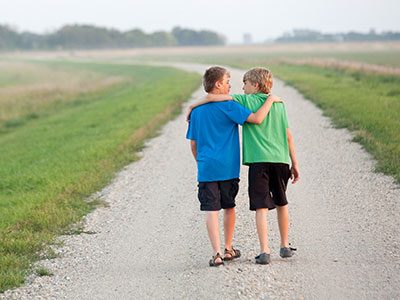 https://riseandshine.childrensnational.org/wp-content/uploads/2025/11/two-friends-feature.jpg
300
400
Danielle Robbins
https://riseandshine.childrensnational.org/wp-content/uploads/2017/11/childrens_riseandshine_logo.jpg
Danielle Robbins2025-11-13 13:55:082025-11-14 10:17:49Navigating friendships when your child has epilepsy
https://riseandshine.childrensnational.org/wp-content/uploads/2025/11/two-friends-feature.jpg
300
400
Danielle Robbins
https://riseandshine.childrensnational.org/wp-content/uploads/2017/11/childrens_riseandshine_logo.jpg
Danielle Robbins2025-11-13 13:55:082025-11-14 10:17:49Navigating friendships when your child has epilepsy



 Laura Gray, PhD, was a clinical psychologist at Children's National Hospital.
Laura Gray, PhD, was a clinical psychologist at Children's National Hospital.




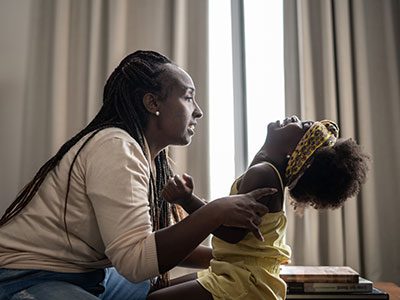

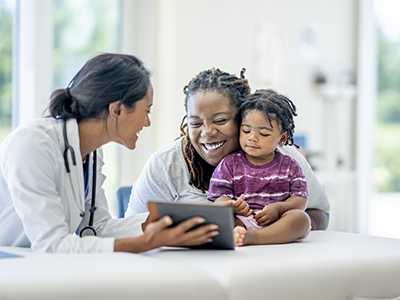

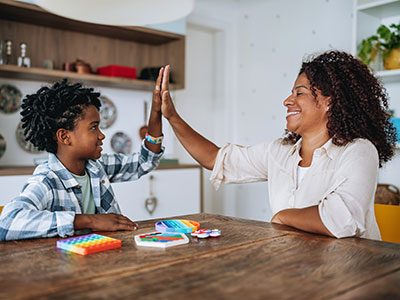
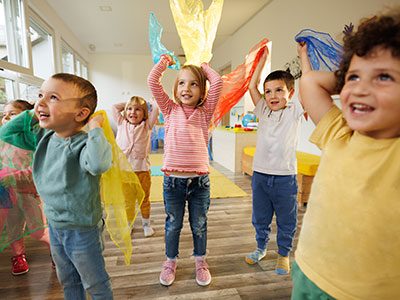



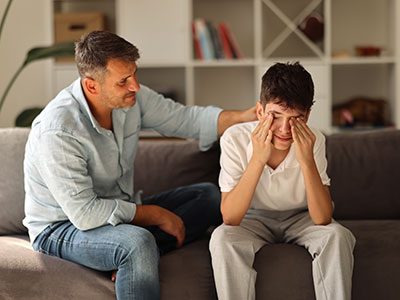


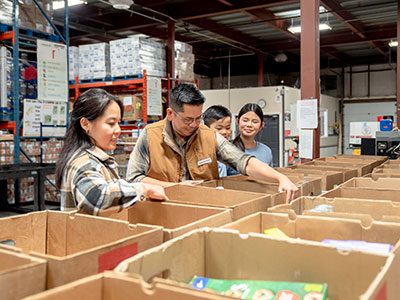
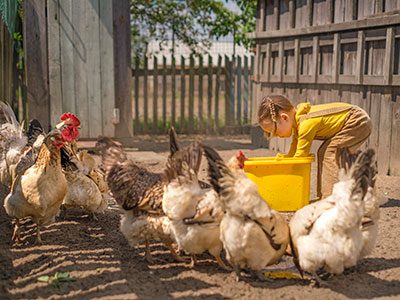
Leave a Comment
Want to join the discussion?Feel free to contribute!